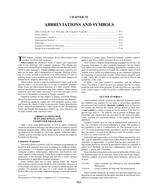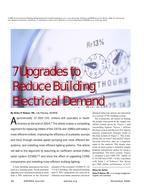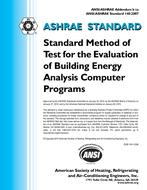Click here to purchase
There are two main measuring principles to measure air flow atventilation orifices: passive (only measuring the flow) and active (measuringand actively compensating their own influence on the flow). Passive flow hoodsare placed over the orifice and measure a velocity using a pitot grid, or athermal or propeller anemometer. Multiplying the measured velocity and the ‘effective’area give the air flow. A flow hood alters the flow due to its ownbackpressure. Furthermore, the effective area of the passive flow hood dependson the velocity pattern and the turbulence at an orifice. Each orifice, flowamount and flow pattern causes its own ‘effective area’ in the passive flowhood, thus making the calibration variate unpredictably with the flow and theorifice. An active or Powered Flow Hood (PFH) compensates its won backpressure.A properly designed PFH must by ‘dominant’ in that it produces each time thesame flow pattern in its hood independent of the orifice. If it does so, itseffective area and therefore its calibration is reproducible. Following ourfirst paper, which presented a theoretical explanation of zero pressure compensationand discussed the advantages over passive methods, here we present measurementsthat support our idea that just compensating measured backpressure is notsufficient to achieve this flow and orifice independent calibration.
Citation: ASHRAE and AIVC IAQ 2016 Conf
Product Details
- Published:
- 2016
- Number of Pages:
- 7
- Units of Measure:
- Dual
- File Size:
- 1 file , 2.2 MB
- Product Code(s):
- D-2016IAQ-45


